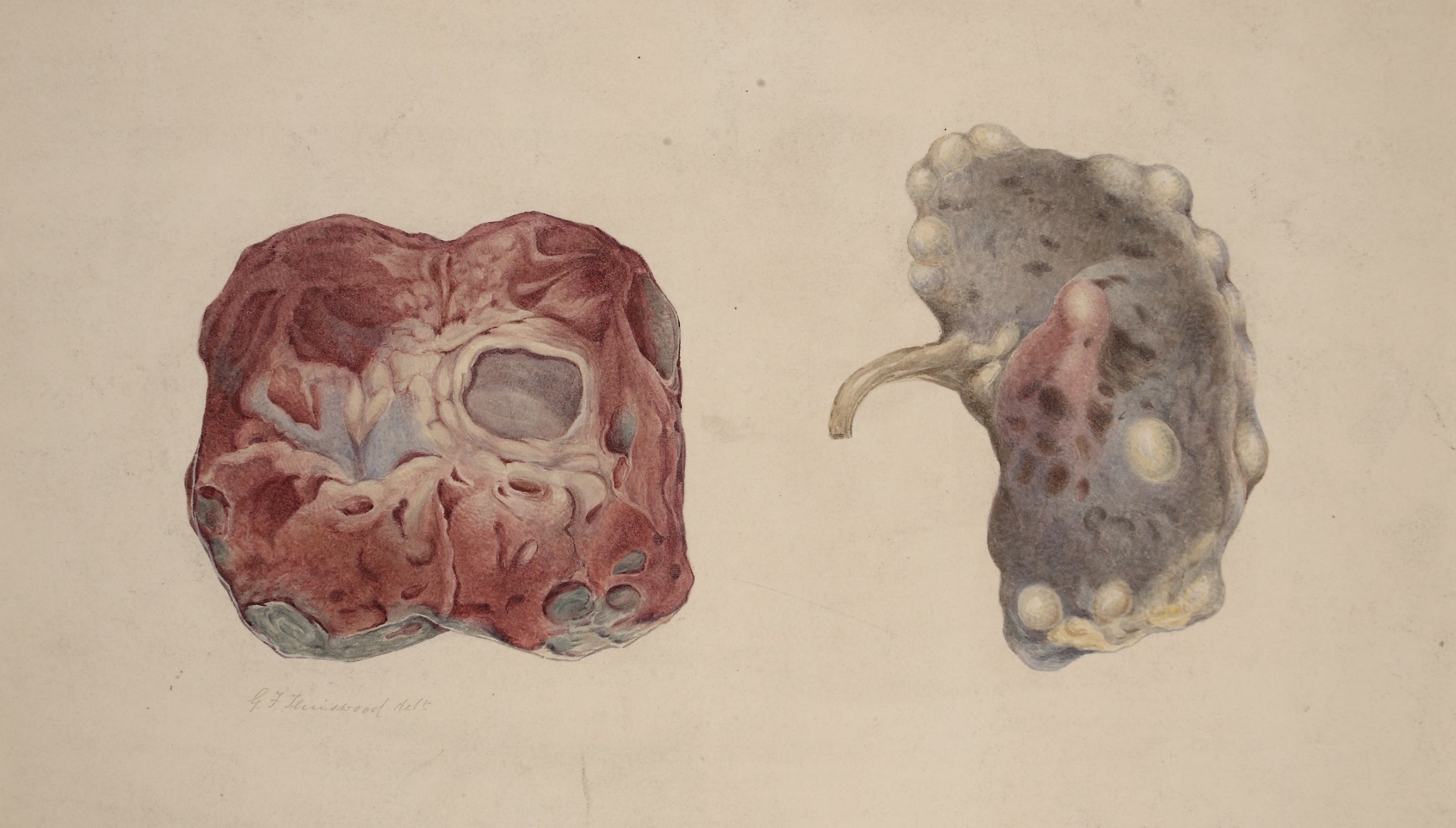
Neutrino physics. “Movies” of quantum phenomena. Many-body problems. New-to-nature catalytic reactions. These are just a few of the hot fields of research where UC Santa Barbara’s junior faculty are making major inroads. And they’ve captured the attention of the Alfred P. Sloan Foundation, which has awarded assistant professors Xiao Luo, Chenhao Jin, Vojtech Vlcek and Yang Yang each a 2024 Sloan Research Fellowship. According to the Sloan Foundation, the two-year, $75,000 fellowships are “awarded annually to early-career researchers whose creativity, innovation and research accomplishments make them stand out as the next generation of leaders.”
“I congratulate all four researchers on this remarkable honor,” said Pierre Wiltzius, UCSB’s Susan and Bruce Worster Dean of Science. “Sloan Fellowships are among the most competitive awards given to early career researchers, recognizing work that shows great potential. We are so pleased to have these faculty members join the proud tradition of Sloan recipients in our UCSB family.”
Physics
“It’s an honor to be acknowledged by the Sloan Foundation,” said Xiao Luo, whose work focuses on the physics of the abundant and mysterious particle in the universe, the neutrino. Her research involves conducting new physics searches and in existing accelerator-based neutrino experiments as well as designing a future experiment to search for new symmetries to explain neutrino mass.
In addition to her work with the ongoing MicroBooNE experiment and upcoming Short Baseline Neutrino Detector (SBND), both located at Fermilab in Batavia, Illinois, the particle physicist has established UCSB as a key center for the development and production of hardware for the Deep Underground Neutrino Experiment, which consists of detector modules to be located 32 km (20 miles) underground along neutrino beams that stretch some 1300 kilometers (800 miles) from Fermilab to the Sanford Underground Research Facility in South Dakota. Discoveries from this neutrino research could lead to insights into some of physics’ most compelling phenomena, including the origin of matter, the potential grand unification of forces and black hole formation.
“I think neutrinos are fascinating particles; because of their elusive nature we still know very little about them,” she said. “My research is oriented to decipher the properties of neutrinos through precision measurements, and use neutrinos as a portal to probe the hidden sector.”
Meanwhile, condensed matter physicist Chenhao Jin homes in on the quantum realm, developing optical spectroscopy and imaging techniques to “watch” quantum phenomena in space and time. “If we could take a ‘movie’ of what’s happening in the quantum world, that would be the ideal probe,” he said. But it’s a challenge.
That’s because the quantum world is full of odd behaviors by many interacting particles (“bodies”) at very high speeds. “If you want to capture what’s happening there,” he said, “you need a timescale of femtoseconds — that’s 10 to the minus 15 seconds — and you need the length scale of a nanometer.”
With support from the Sloan Foundation, Jin said, he can get that much closer to realizing his goal of an ultra-high resolution imaging method that would not only reveal the strange physics of the microscopic quantum realm, but also allow researchers to eventually understand and predict materials that could host desirable effects at room temperatures (as opposed to near-absolute zero), such as superconductivity.
“Condensed matter is full of surprises and mystery,” he said, “and that’s part of the reason we need new tools to try to understand what’s happening.”
Chemistry
The many-body problem is also the focus for chemistry professor Vojtech Vlcek, who takes a theoretical and computational approach to studying the rich field of condensed matter systems.
“We use a combination of quantum field theory, quantum statistical physics and develop new mathematical tools that allow us to understand the energy flow and nonequilibrium electronic states in condensed matter systems,” he said. Because atoms in condensed matter (in particular solids and liquids) are in constant interaction with one another, when the conditions are right, together they can generate complex exotic states for which current mathematical descriptions are not complete. The Sloan fellowship, said a “very honored” Vlcek, will enable him to continue pursuing the math that can serve as the foundation for methods and materials for applications such as quantum chemistry and quantum information storage and manipulation.
“I enjoy overcoming limitations of existing methods by developing new approaches that recast the problem in a new way,” he said. “In essence, it makes you think about the problem from a completely new perspective and that can be quite eye opening.”
For Yang Yang, the Sloan research fellowship will allow his group to continue to refine their work in the realms of biocatalysis, synthetic chemistry and biomacromolecular engineering. The group is interested in expanding the repertoire of catalysis, or the enabling and acceleration of chemical reactions using a substance that itself does not get consumed in the reaction.
“Developing new catalytic reactions is one of the most important problems in my field,” he said. Conventionally, catalysis takes one of two main routes: biological — or the use of enzymes to facilitate reactions in much the same way nature does; and synthetic — the use of other, synthetic substances, such as metal catalysts, to encourage reactions. But to optimize reactions, and generate new and useful products, new methods must be developed. Yang’s work often involves merging the best of both biological and chemical methods, exploring the potential of free radicals and sustainable, sunlight-driven processes that could produce valuable components for therapeutics and specialty chemicals.
“I’d like to thank the Sloan Foundation,” said Yang. “And I’d like to thank all my students for their great work. I also wish to thank my colleagues and my former advisors for their continued support over the years.”



